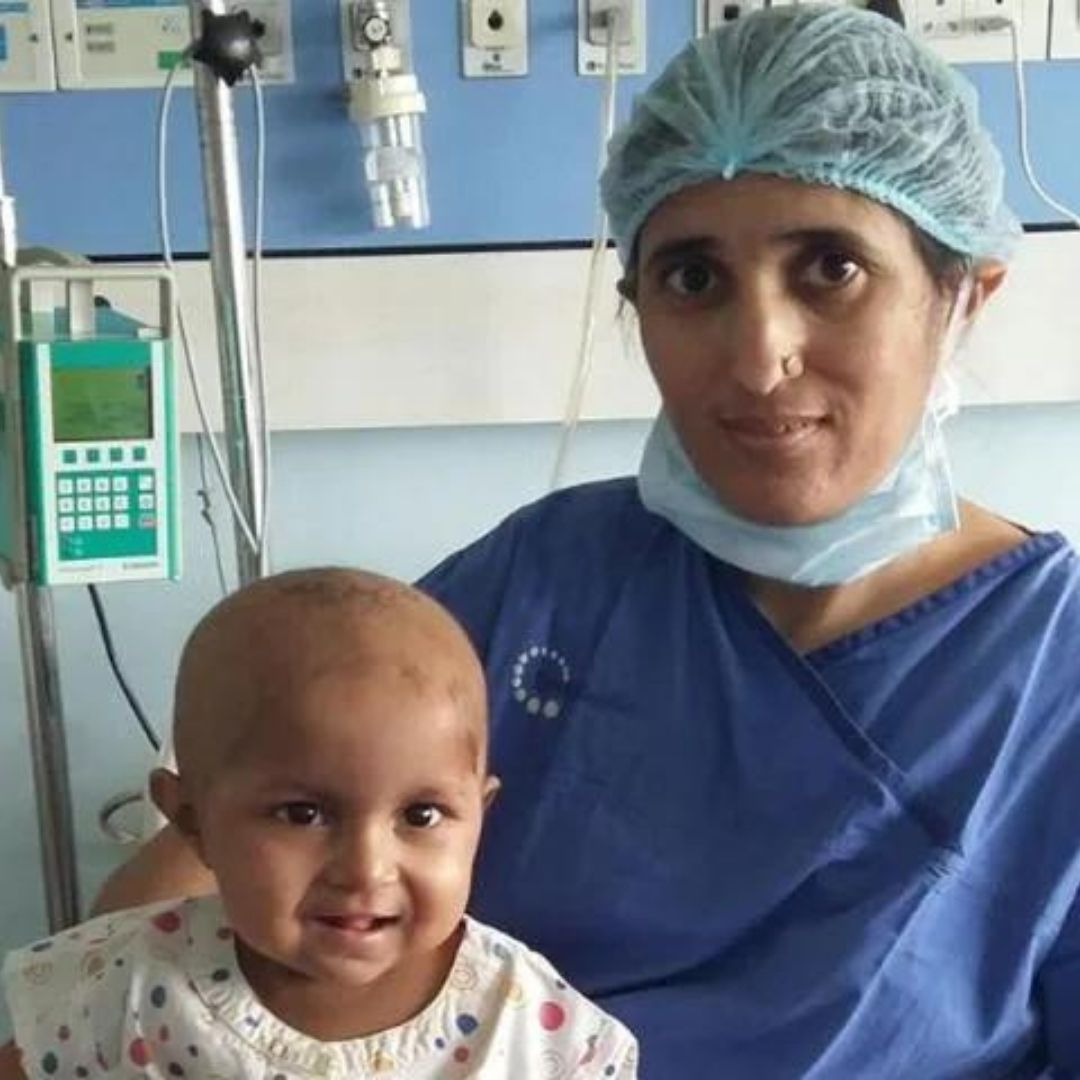
Image Credit: Hindustan Times
Here's How India Is Struggling With Thalassemia With Nearly 1.5 Lakh Patients
Writer: Ratika Rana
Her primary objective is to inform, promote, educate and cultivate readers through writing.
India, 8 May 2022 6:26 AM GMT
Editor : Ankita Singh |
A literature lover who likes delving deeper into a wide range of societal issues and expresses her opinions about the same. Keeps looking for best-read recommendations while enjoying her coffee and tea.
Creatives : Ratika Rana
Her primary objective is to inform, promote, educate and cultivate readers through writing.
World Thalassemia Day is celebrated on May 8 every year. Thalassemia is a chronic and genetic blood disorder due to which a patient’s body cannot make enough haemoglobin leading to anaemia.
The world recognizes May 8 as World Thalassemia Day every year to mark attention toward the disease. Thalassemia is a chronic and genetic blood disorder in which the patient's body cannot generate enough haemoglobin leading to anaemia. India adds 10,000 to 15,000 new cases of Thalassemia every year.
Moreover, asymptomatic parents are the most common carriers of the disease. The patients are primarily children who have to undergo painful blood transfusions for a significant part of their lives. India has the largest number of Thalassemia patients and requires immediate attention.
Thalassemia Capital Of The World
With over 40 million active carriers of the disease, India has often been dubbed the Thalassemia capital of the world. According to a report released by National Health Mission in 2016, the only cure for the disease is a bone-marrow transplant. However, the feasibility of the treatment is not within the financial capacity of all. Moreover, additional factors like the availability of transplant centres and the matching donor are causes of significant concern.
Therefore, the mainstay of treatment is a regimen of regular blood transfusions followed by adequately monitored iron chelation therapy to remove the excess iron overload due to the multiple blood transfusions. Thus, it is a transfusion-dependent disorder and significantly burdens healthcare services.
Prevention And Awareness Measures
Therefore, despite not having an absolute cure for the disease, Thalassemia can be prevented through carrier screening, genetic counselling and prenatal diagnosis. The initial diagnosis helps families come to terms with the possible consequences of the disease and remain prepared until the child is born.
Several government initiatives to spread awareness about the prevalence of the disease and verified records from hospitals across the country can make it easier to assess the burden and take preventive measures. Moreover, non-government organizations, community-based groups, support groups and public and private enterprises could carry forward the prevention programme.
Also Read: Here's A Student-Led Community Platform That Helps Talent Meet Opportunities
 All section
All section














